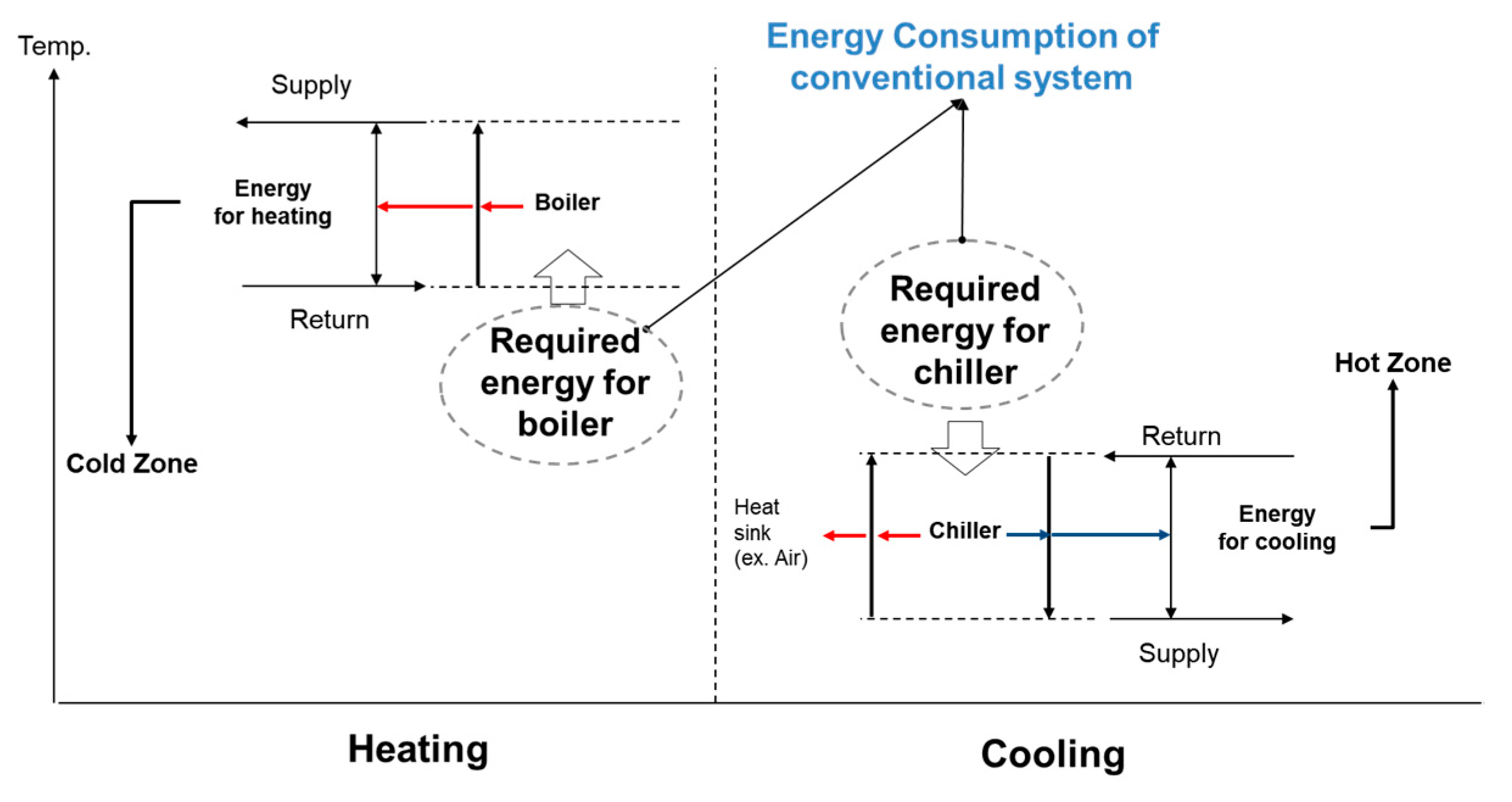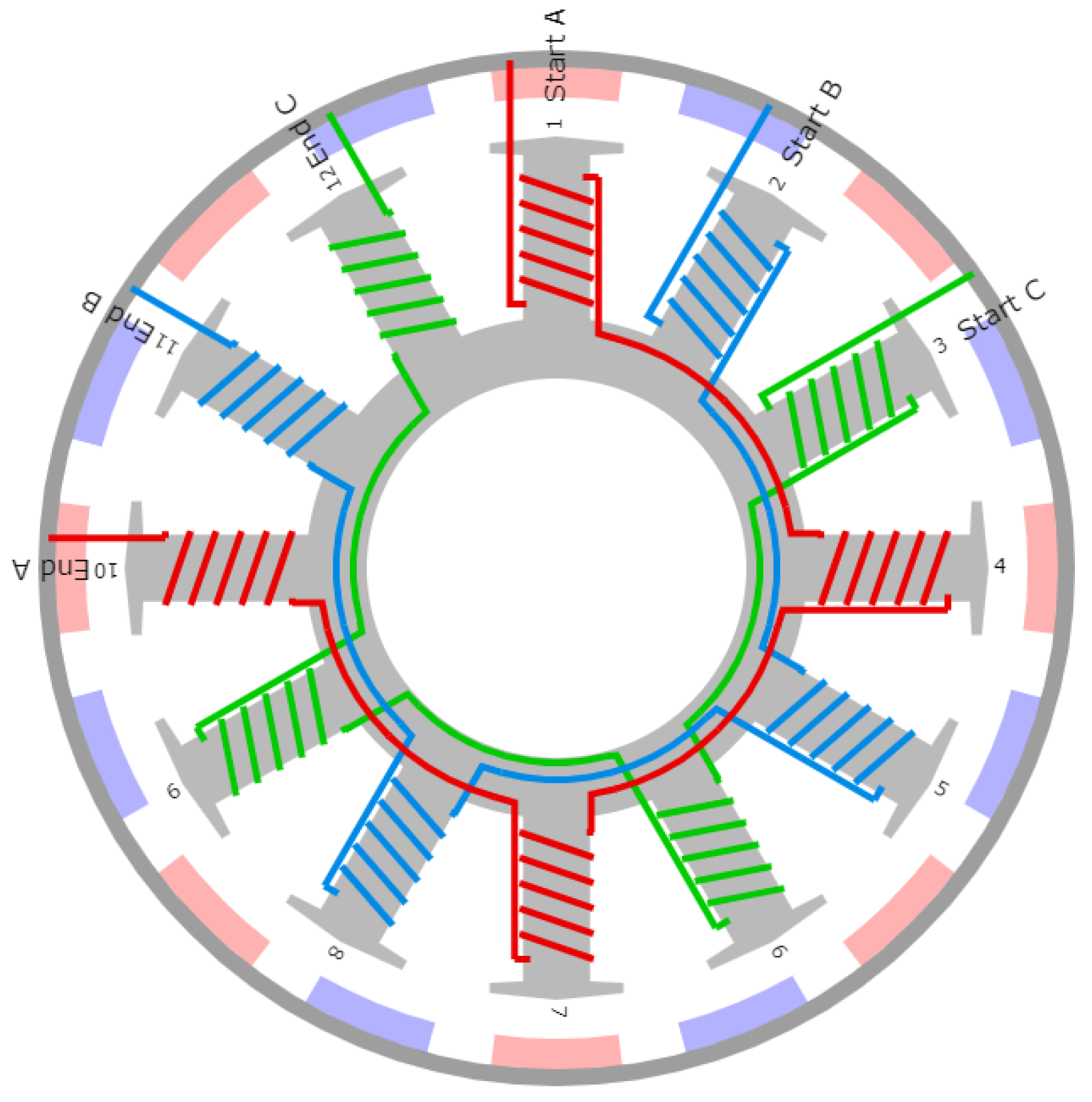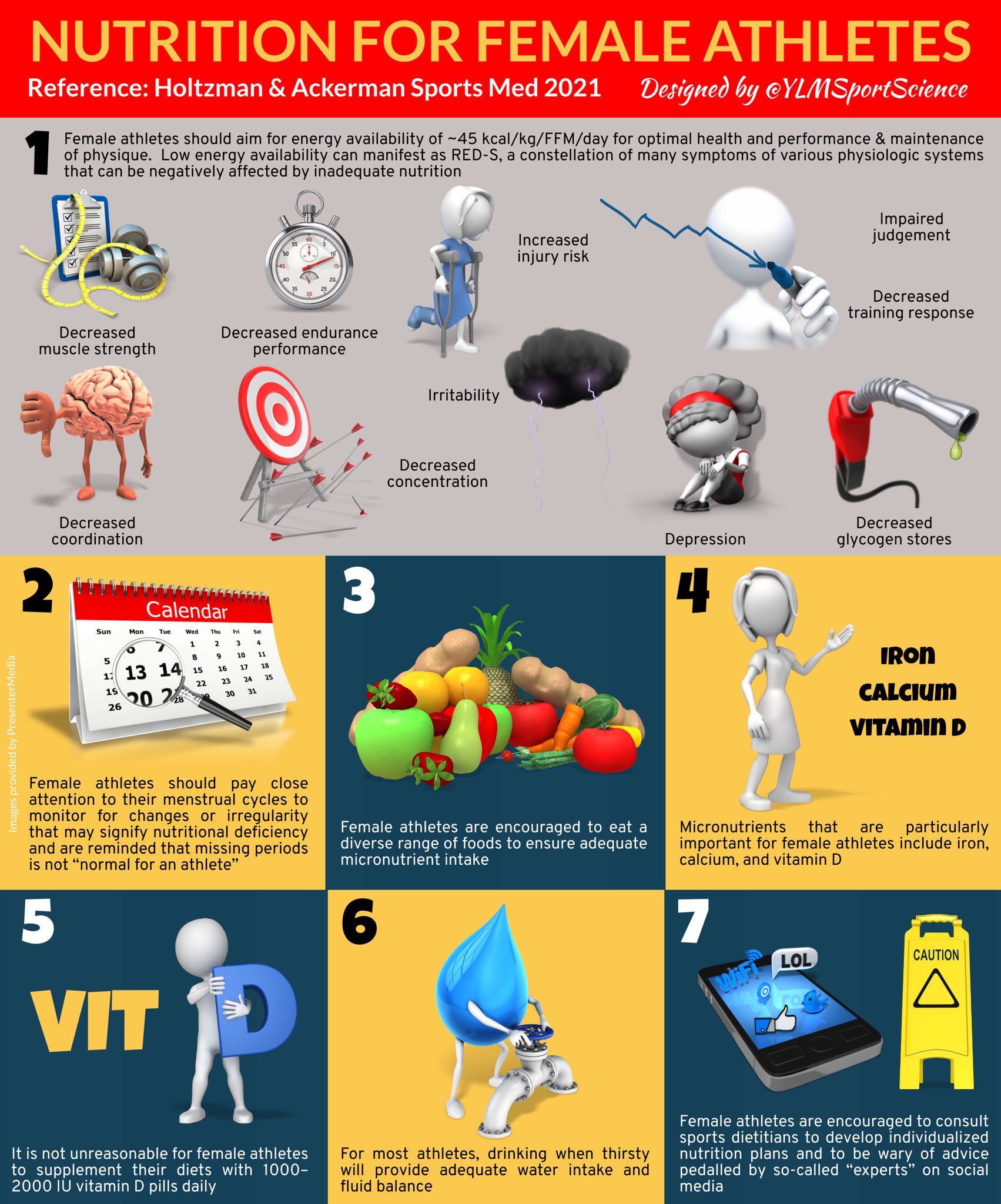
Energies, Free Full-Text
4.8 (534) In stock

4.8 (534) In stock
This study was conducted to derive the amount of energy savings when applying the method of making the load similar by changing the set temperature of the room in the building to which the simultaneous heating and cooling (SHC) system is applied. Energy savings were derived through theoretical analysis and comparisons through static simulations were performed to verify the proposed method. As a result, the energy savings are proportional to the energy limit that can be additionally input to the SHC and is proportional to the ratio of the coefficient of performance (COP) difference between the SHC and auxiliary heat source and the auxiliary heat source COP. That is, to increase the amount of energy savings, the maximum possible energy should be input for the SHC, or the SHC COP must be greater than the auxiliary heat source COP. In addition, comfort can be achieved stably by varying the set room temperature in a room with a small load. When a heat storage tank is installed or changing the indoor set temperature of both the hot and cold zones in real time by predicting the indoor load is possible, more energy can be saved.

Solar Panels: A True Carbon-Free Source of Energy?

Energies, Free Full-Text, bldc motor
Energies, Free Full-Text, pengguna kilo kilo no mi

Energies, Free Full-Text, ghg emissions

Access to Energy - 5 Volume Set

Energy Font Vector Art, Icons, and Graphics for Free Download

Energies, Free Full-Text, bldc motor

Energies, Free Full-Text, alpha zero campinas

Energies, Free Full-Text, rated speed

Energies, Free Full-Text, underground roleplay ip

Energies, Free Full-Text, pengguna kilo kilo no mi